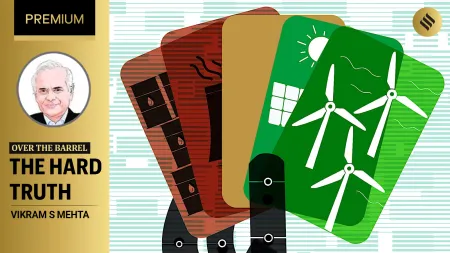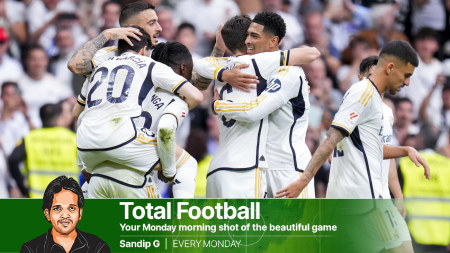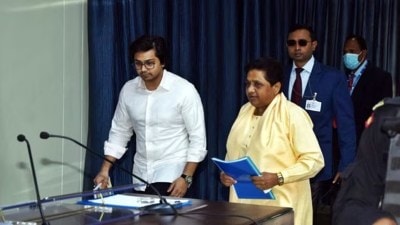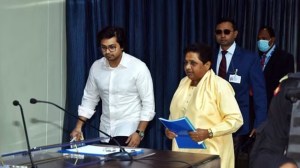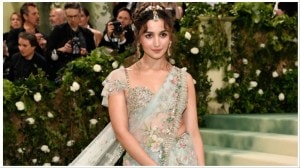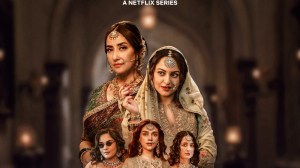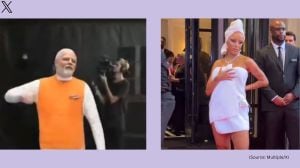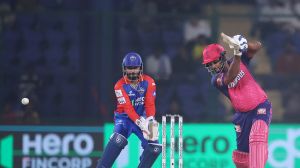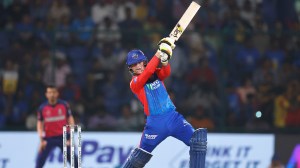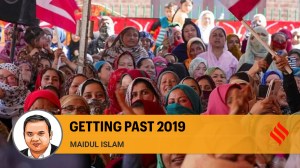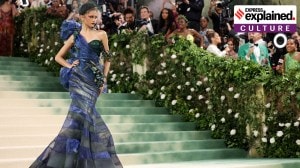- India
- International
Viktor Yanukovych: Ukraine’s ousted president who may be Russia’s pick after war
Russia may be backing exiled former president of Ukraine Viktor Yanukovych as the man to take charge of the nation if the current regime falls. Who is Yanukovych, and what are his ties to Russia?
 Vladimir Putin and Viktor Yanukovych in 2013. (Photo: www.kremlin.ru via Wikimedia Commons)
Vladimir Putin and Viktor Yanukovych in 2013. (Photo: www.kremlin.ru via Wikimedia Commons)As Russia continues its advance into Ukraine, reports have surfaced that the Moscow administration is backing exiled former president of Ukraine Viktor Yanukovych as the man to take charge of the nation if the current regime falls.
Having the rare distinction of being ousted twice from the presidency, reports have emerged that Russia wants to install Yanukovych as the next president of Ukraine. The Kyiv Independent tweeted, citing a report by the Ukrayinska Pravda, an online newspaper, that the former president was being prepared by the Kremlin for a special occasion.
🗞️ Subscribe Now: Get Express Premium to access the best Election reporting and analysis 🗞️
Viktor Yanukovych’s rise to power
Born into the family of a metalworker and a nurse in Yenakiyevo in July 1950, he was jailed twice for violent crimes in his youth. However, according to his official biography, the charges were eventually quashed.
Starting off his career as a transport executive in the Soviet Union’s key coal-mining industry in eastern Ukraine, he became a Doctor of Economics in 2000. He then went on to become the governor of the Donetsk region, home to more than three million people and the economic powerhouse of Ukraine, less than a year after entering the local administration. The then President, Leonid Kuchma, appointed him prime minister in November 2002.

In 2004, he took the plunge, going on to win the presidential elections. However, following massive protests in Kiev that came to be known as the Orange Revolution, the election was declared fraudulent. He served a second term as prime minister from 2006 to 2007 and became Ukraine’s most popular politician.
He went on to sweep the 2010 presidential elections, defeating his rival Yulia Tymoshenko. During his presidency, Yanukovych steered Ukraine towards a closer relationship with the EU.
However, days before it was due to be signed, he rejected an association agreement in November 2013. Street protests, the biggest since the 2004 Orange Revolution, erupted and continued for months, reaching a bloody climax between February 18 and 22. It was the deaths of at least 88 people, many of them protesters shot dead by uniformed snipers in 48 hours of bloodshed, that ultimately brought him down.
Under EU’s pressure, he signed a deal to transfer powers to parliament and hold early elections. But within hours, he had fled the capital and his administration had crumbled.
Yanukovych’s ties with Russia
In 2004, Yanukovych was openly supported by Russian President Vladimir Putin. Though he tried hard to shed the image of being “Moscow’s man”, but, with Ukraine’s finances in a perilous state, he argued that free trade ties with the EU would jeopardise his country’s existing trade with Russia.
Billionaire oligarch Rinat Akhmetov, the owner of the Shakhtar Donetsk football club, was a political ally of Yanukovych. The former president’s ties to Moscow became even more apparent after he stepped down and fled the country to Russia to look for asylum.
At his first news conference after leaving Ukraine, given in the Russian city of Rostov-on-Don, he spoke against any military intervention or future division of his country. He made clear he had fled Kiev in fear of life and would not return without guarantees of safety for himself and his family.
Newsletter | Click to get the day’s best explainers in your inbox
More Explained
EXPRESS OPINION
May 07: Latest News
- 01
- 02
- 03
- 04
- 05





